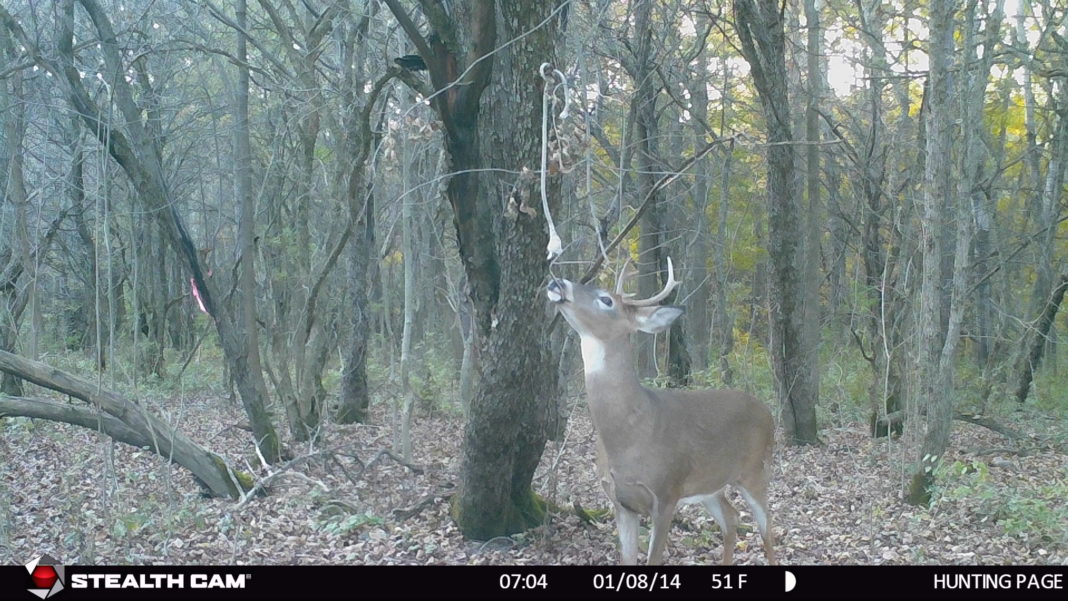With the arrival of fall, comes the arrival of testosterone in a buck’s system. We all know about testosterone, it makes bucks, well, “bucky”. Their antlers harden, they start beating up bushes, and they start laying fresh scrapes. These are the obvious indicators of a rise in their male hormone. Less obvious, but indicators none the less, are bachelor groups breaking up, bucks relocating, brief sparring matches, and dominant bucks asserting their dominance.
Hunters would be wise to note these changes but not confuse them with authentic rut or breeding related behavior. These behaviors, while testosterone-driven, are behaviors that are typically associated with the time period before the actual rut begins, otherwise known as pre-rut behaviors. Savvy hunters hunt the rut and hunt it hard, but employing rut-hunting tactics based on pre-rut behaviors is at best a fool’s errand. These “soft” rut behaviors are mere precursors of the actual rut to come.
Hunters intended on hunting the pre-rut are best to hunt food sources or areas that are used by deer going from bedding areas and food sources. Early season bucks are generally feeding aggressively as their body prepares for the winter to follow.
As a buck’s testosterone level continues to build, “bucky” behavior continues to intensify. Sparring matches turn into fights often leading to injury and death; doe chases intensify; and bucks feed less and move about more in hopes of encountering a receptive doe. When this behavior begins, it is time to start employing rut-hunting tactics.
Don’t be fooled by soft signs of the upcoming rut; they are made by bucks under the influence, the influence of the first releases of testosterone.



















![The Best Deer Camp Chili [VIDEO] Deer Chili Ingredients, Tomatoes, Chili Spices](/wp-content/uploads/2015/10/Deer-Chili-Deer-Camp-Recipe-218x150.jpg)
![How to Call Elk Early in the Season [VIDEO]](/wp-content/uploads/2016/08/byers003-218x150.jpg)




![Idiots Disturb Hunter: How Would You Have Handled It? [VIDEO]](/wp-content/uploads/2015/10/DSC00110-e1474487693878-100x70.jpg)
![Albino Buck Shocked to Shed His Antlers [VIDEO]](/wp-content/uploads/2015/10/AlbinoDeer-100x70.jpg)